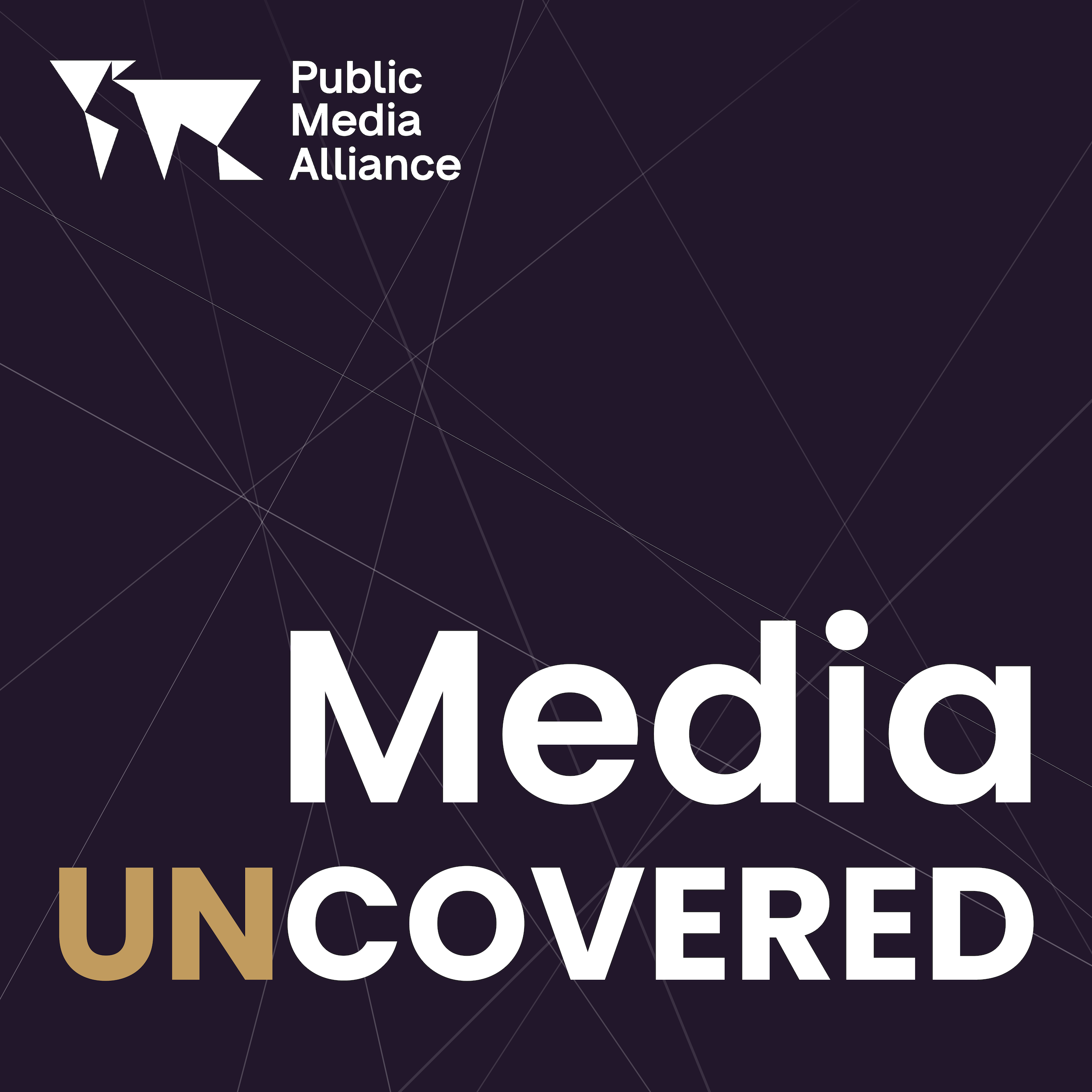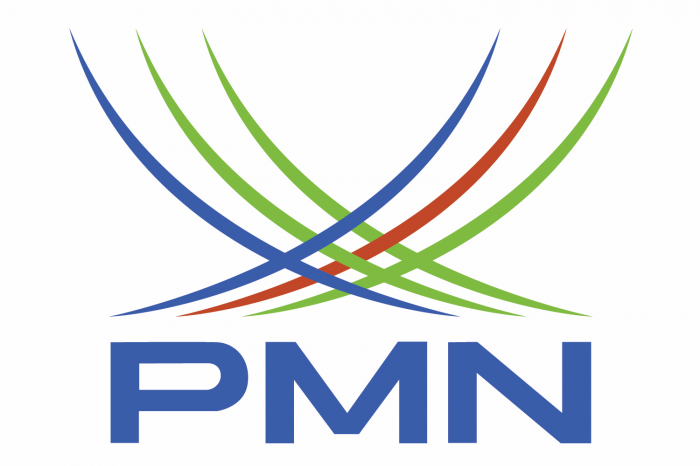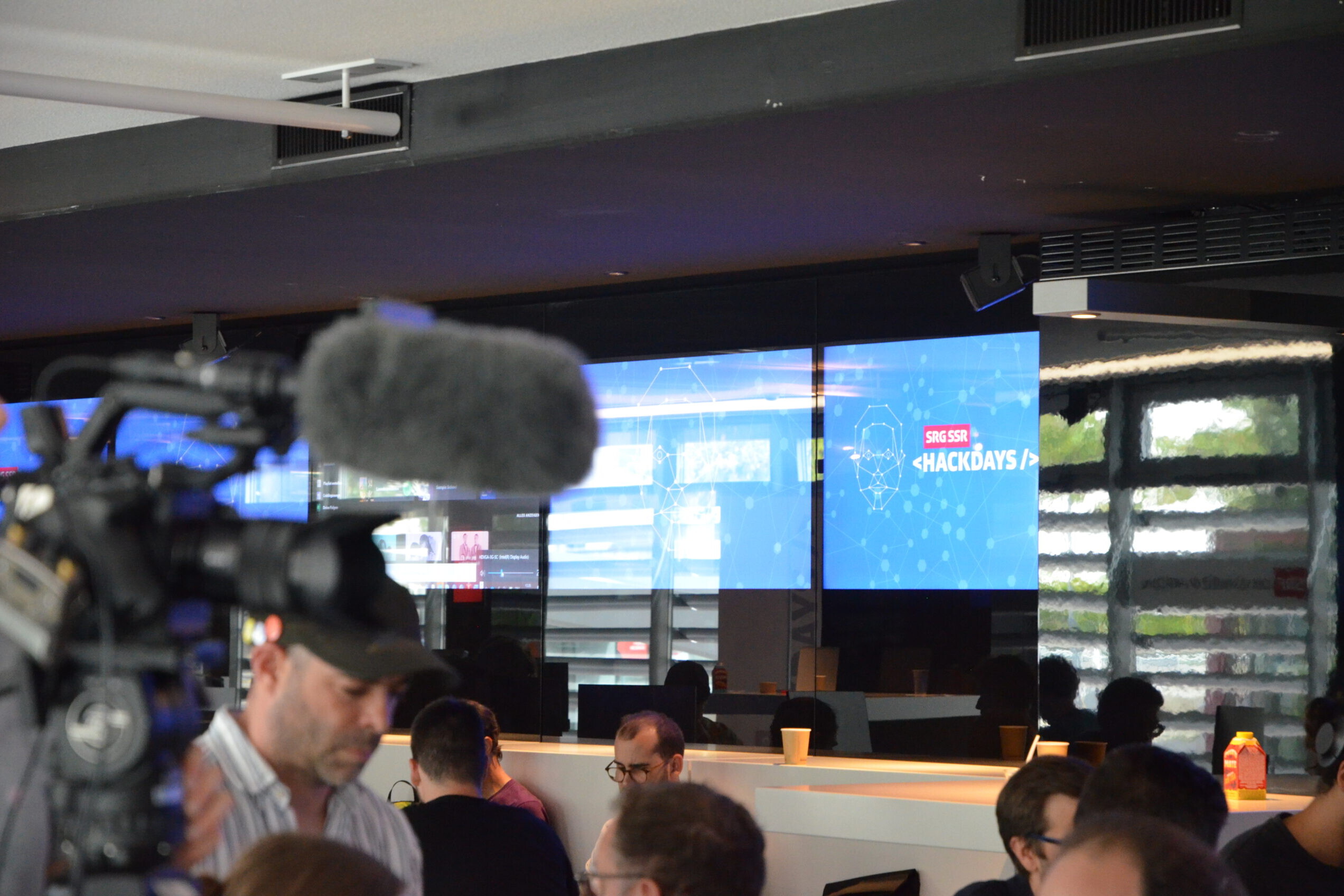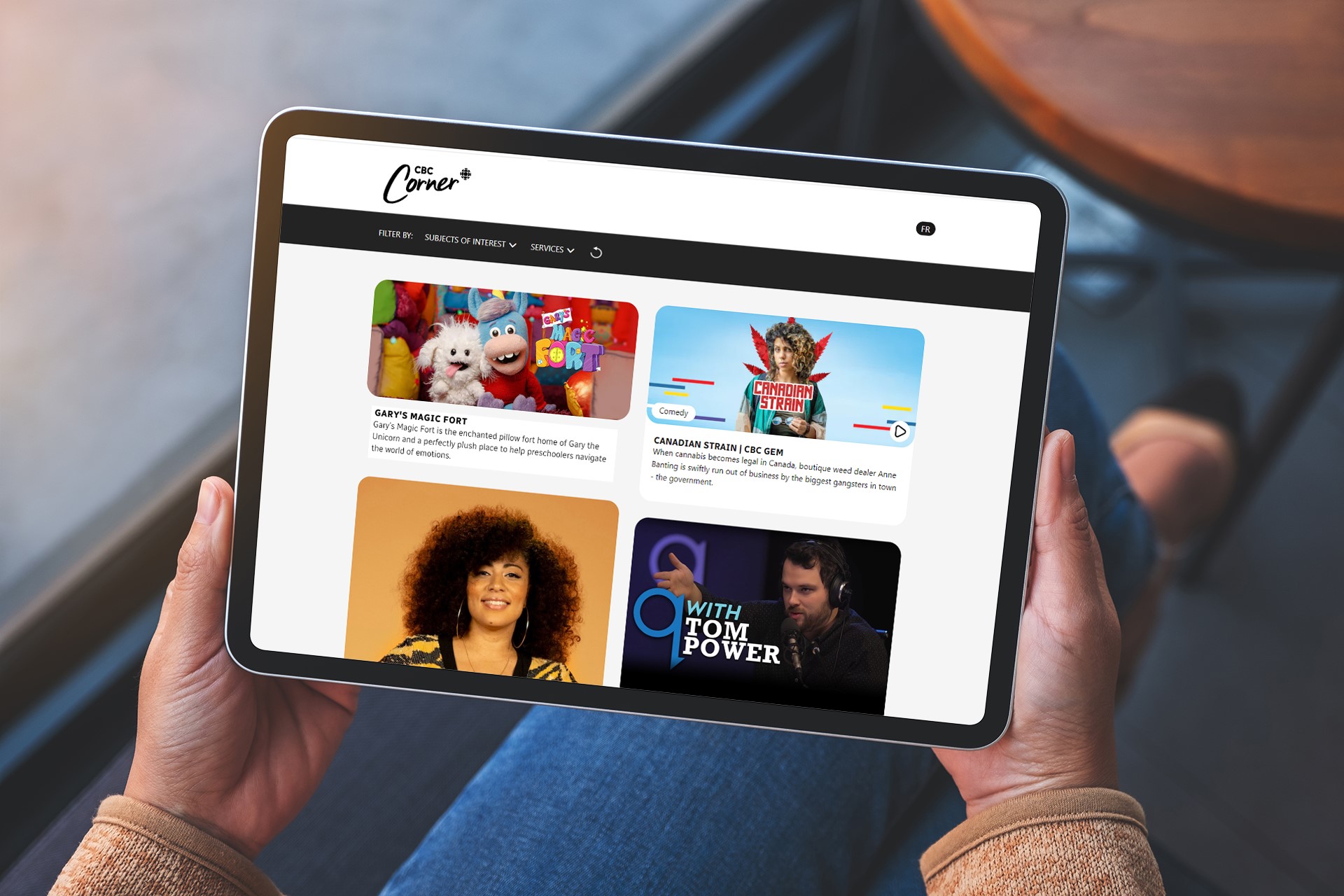PSM INNOVATIONS
“More than a tool”: RTVE uses AI tech to cover local elections
27th June 2023
Spanish public broadcaster RTVE is revolutionising its approach to covering local elections with a new project that uses AI-based technology to create content in real time.
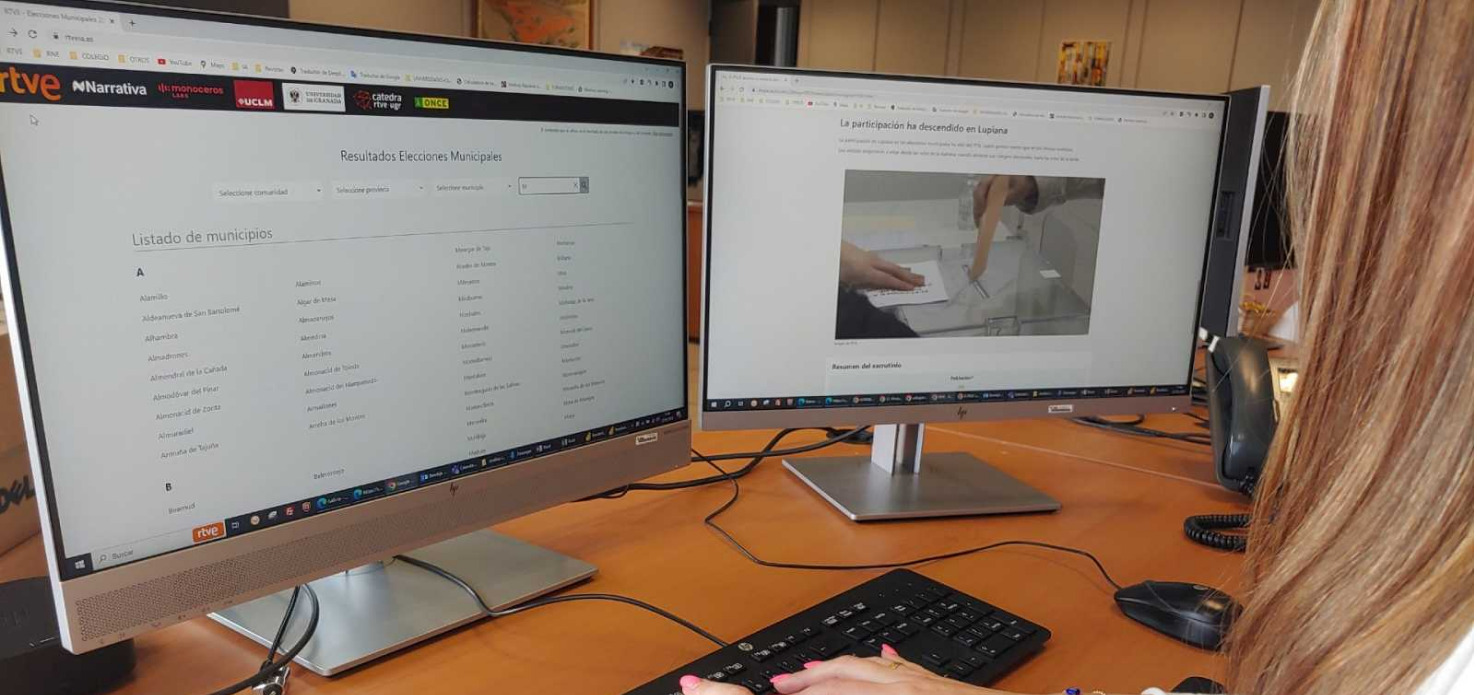
By Dorcas Mirembe-Korsah
The Technological Strategy Department of Radio Televisión Española (RTVE) has introduced the use of AI-based technologies to cover the 2023 municipal elections in areas referred to as “empty-Spain.” This initiative is aimed at creating accessible and informative content for rural and the less-populated areas in Spain, which cannot otherwise be provided for“with traditional media.”
Dr Pere Vila Fumas, Director de Estrategia Tecnológica e Innovación Digital de RTVE (Director of Technology, Strategy and Innovation) said, “In Spain there are about 4,500 towns with fewer than 1,000 inhabitants, and to date it has not been possible to cover the information on electoral results for these towns, so I would like to insist that the initiative is very positive from a social and of public service.”
Read more: SBS: Making elections accessible
Mr Fumas has described RTVE’s AI-tool as, “More than a tool, it is, in fact, a toolbox.” The AI performs tasks of data analysis, text creation, graphics creation, and voice synthesis to interpret and transform the election results and turn them into news. To ensure the accuracy and integrity of the information generated, the news on RTVE’s website is prepared using electoral results collected from official sources such as the Ministry of the Interior. “These different artificial intelligence tools have been trained so that the focus of the texts and the writing of the texts are those corresponding to a public service entity and a company of the prestige and impartiality of RTVE,” said Mr Fumas.
One of the most promising aspects of this AI-tool is that it works collaboratively with journalists. This means that it’s not programmed to operate freely, but rather that part of the AI is used to learn to adapt and work in collaboration with RTVE’s journalistic values. It has been designed by journalists from RTVE and therefore the outcomes are intended to be correct, clear, and structured. According to Mr Fumas, it is important that the viewer does not see the use and impact of AI in this sense as contrived and resulting in lower quality. Mr Fumas told PMA, “The Spanish radio-television journalist has designed the structure of the news; he has trained the tool so that he can present it with issues of impartiality and with the style of Spanish radio and television and finally supervises these tasks.”
Listen toour podcast
Uncovering and exploring the biggest
issues facing public media
Mr Fumas said that an important advantage of using AI-tools like this is that it allows RTVE specialists to focus on more creative avenues and less on monotonous tasks. It is hoped that this will increase work efficiency; support a better public service; and, in the case of elections, increase the quantity and quality of election-related information that can now be generated in a matter of minutes.
Mr Fumas said, “The future of RTVE is continuing to use these tools, evolving with them and gradually incorporating new processes, new programmes and new production tasks to this work methodology based on the use of artificial intelligence tools.” He continued, “Public service also means producing content for groups such as small populations and doing it in an accessible way.”
Increasingly, public service media are adopting artificial intelligence to advance and improve their public service role. With its new election information generation AI-tool, RTVE aims to reach underserved communities while ensuring journalistic values, like accuracy and transparency, are incorporated into its design. RTVE is demonstrating how public media is innovating to meet key values such as accessibility, universalism, reliability, and accountability, all while upholding PSM’s mandate to inform, educate, and entertain.
“Public service also means producing content for groups such as small populations and doing it in an accessible way.” – Dr Pere Vila Fumas, Director de Estrategia Tecnológica e Innovación Digital de RTVE
Over to you...
Does your public media organisation have an innovation that you’d like to share?
Let us know by emailing us at editor@publicmediaalliance.org
Related Posts
30th May 2023
Pacific Media Network introduces menopause and menstrual leave
The Pacific Media Network has…
11th April 2023
CBC Corner: a digital portal for Canadian libraries
CBC Corner is a new digital portal –…
